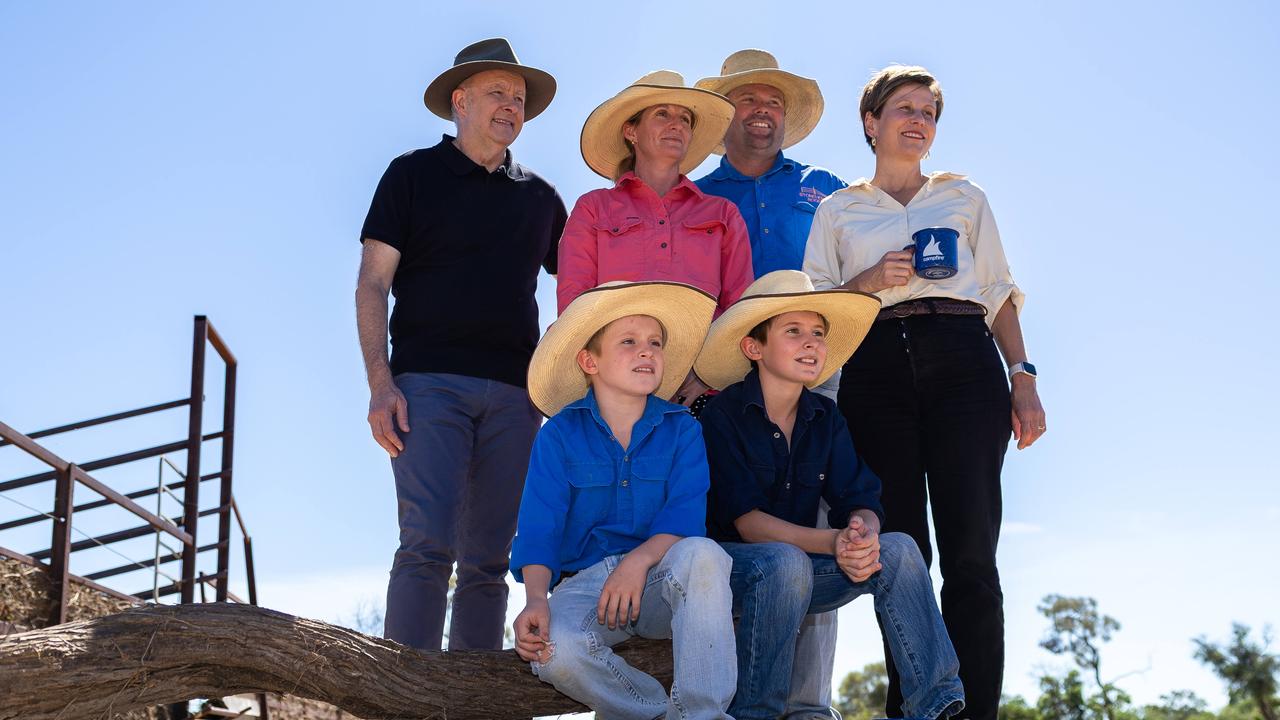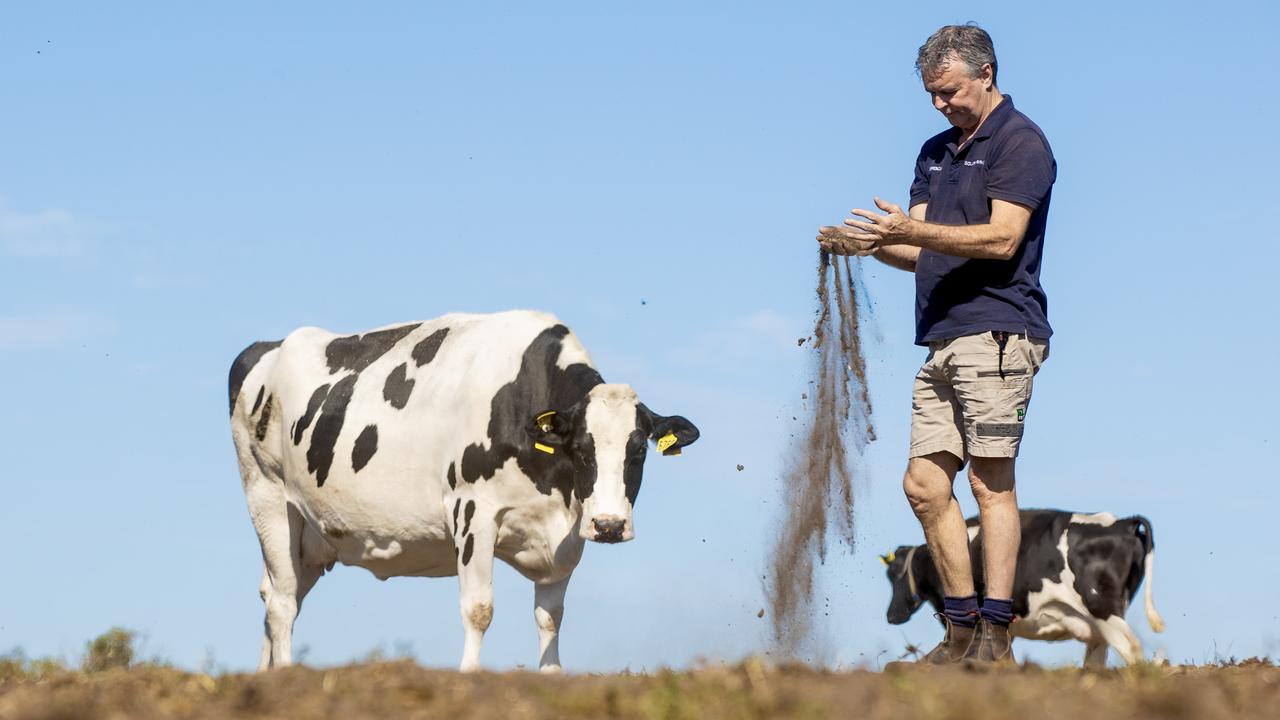High winter temperatures bring cropping risk
Maximum mean temperatures were 1C to 2C above average in July as an El Nino season looms.

High winter temperatures are making crop growers nervous, as paddocks start to dry off after a month of below-average rainfall and an expected El Nino season looms.
Across Victoria and southern NSW, weather stations monitored by The Weekly Times recorded maximum mean temperatures of 1C to 2C above their monthly average in July, while rain totals fell below average.
Harden mixed farmer and Farmers for Climate Action outreach officer Peter Holding said he was concerned high temperatures would wreak havoc on crops if they continued into spring and summer.
“High temperatures from (the plant’s) flowering to filling (stage) are a pretty high risk. They can devastate a crop and knock the yield around something horrible,” he said.
In southern NSW, wheat and canola plants were about to come into flower about a month earlier than normal after the warm winter, he said.
The early flowering meant plants could be exposed to a late frost, which could be “pretty savage,” Mr Holding said.
Wagga Wagga recorded a July maximum mean temperature of 14.3C, compared to the long term average of 12.8C. At Mildura, 16.6C was recorded this July, compared to a long-term average of 15.5C, while at Bendigo 13.6C was recorded, compared to 12.7C over the long-term. In northwest NSW, Moree recorded a mean maximum July temperature of 20.5C, more than 2C above the long-term average of 18.3C.
The Bureau of Meteorology has warned there is a 70 per cent chance of an El Nino weather system developing in spring, bringing with it warmer and drier conditions.
But root zone soil moisture was still high this month after an unexpectedly wet June, offering the chance of an average season for growers, even as July rainfall totals fell below average.
Across Victoria and southern NSW, all weather stations monitored by The Weekly Times recorded below-average rainfall in July, with the exception of Mildura and Balranald.
The driest region was Gippsland, where just 5mm fell in Bairnsdale, 12mm in Sale and 17mm in Latrobe Valley after an already-dry June in the southeast.





